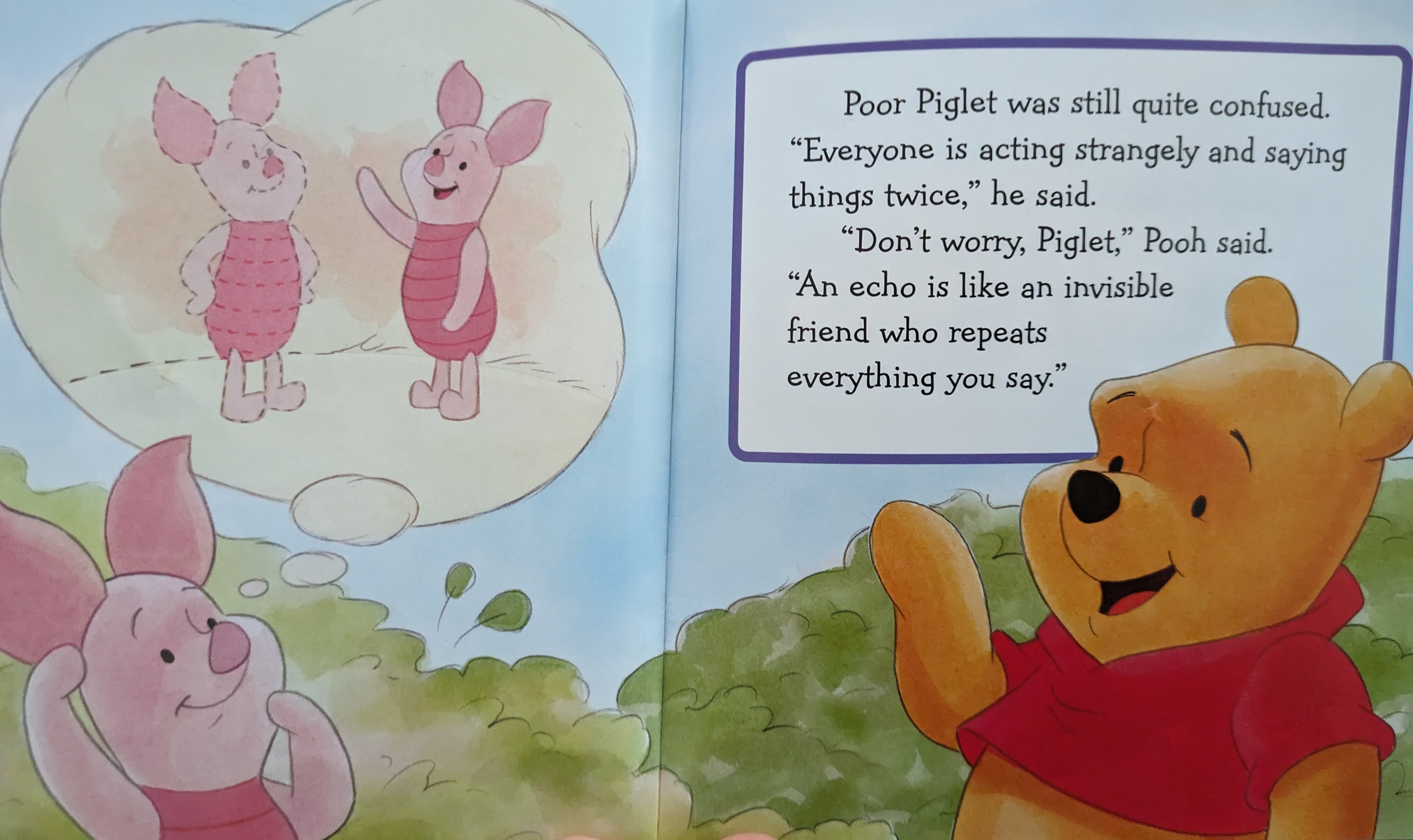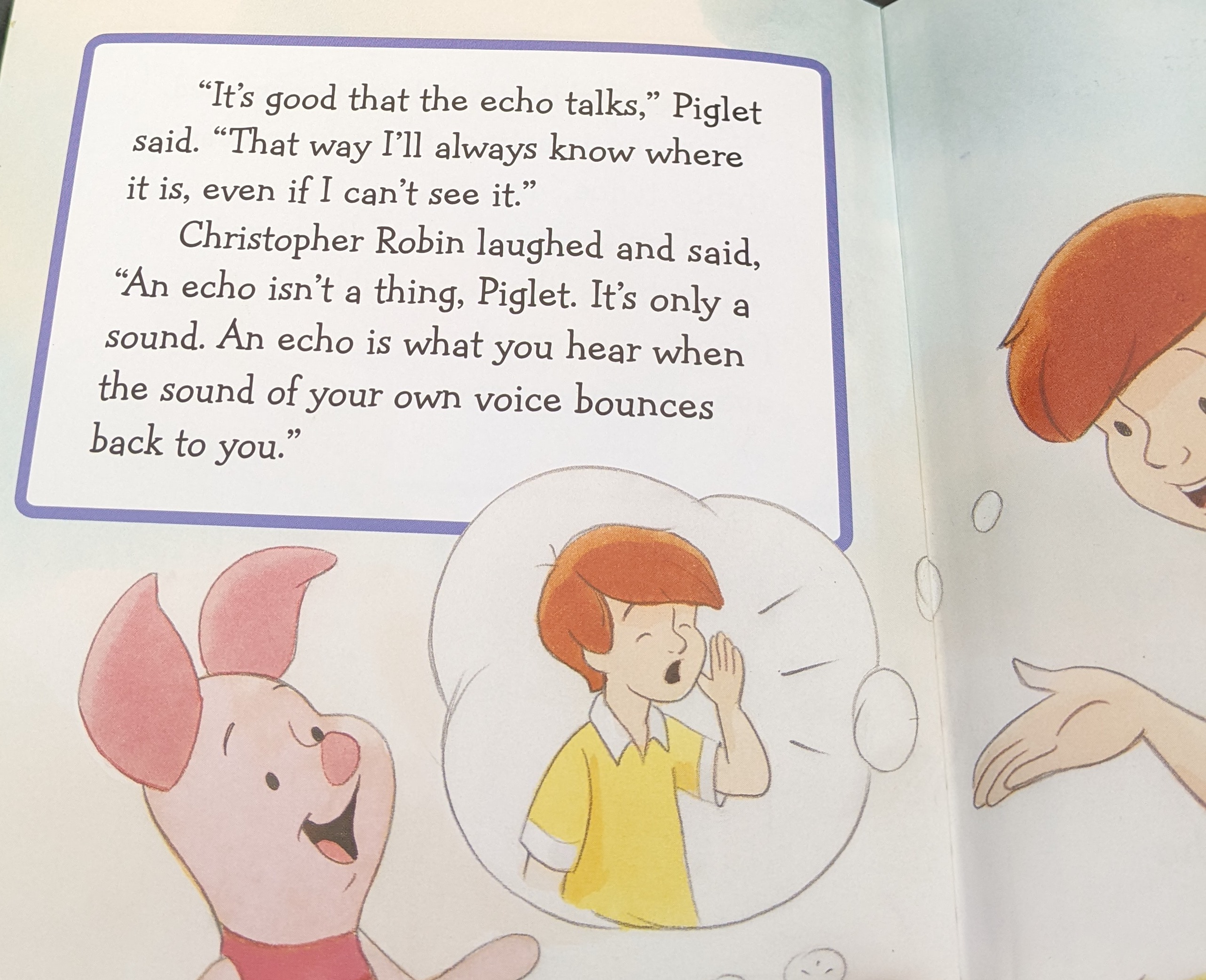

As we mentioned in our sketch of basic ontology, substances are understood to be a special kind of concrete individual thing.
“Substance” is sometimes used in the sense of “chemical substances,” or to mean “the stuff you’re made of.” For example, I have a statue of Frodo Baggins, and it’s made of clay. The substance this statue is made of is clay. I have a table, and it’s made of wood.
But there’s a more dominant use of “substance” in philosophy to mean something a bit different. It’s trying to capture a notion of individual things-with-a-capital-T, things that really deserve to be counted as “Things,” in a robust, full-blooded sense. As opposed to when you’re just talking about “ten things that annoy me,” where some or all of those things may not deserve a capital-T label.
Terminological background: Greek philosophers had a word ousia—which is a form of the verb to be and is connected to our term “ontology”—that these philosophers used in a special way. This word was translated into Latin as essentia and/or substantia. Some authors used one translation, others used the other, and some used both. Centuries later, English has inherited the words essence and substance. Over thousands of years and many philosophical debates, these different terms shifted and sharpened their meaning in some ways. In modern philosophy (around 1600–1800) and contemporary philosophy (around 1900–now), “essence” and “nature” are used to mean one sort of notion, and “substance” another. Here we’ll focus on how philosophers nowadays understand the notion of “substance.”
Not every philosopher wants the category of substances in their map of reality. But those who do understand substances like this.
In the first place, they are individual things, rather than properties or relations. They are the sorts of things that have properties, rather than being ways that other things are qualified. Indeed, as we’ll discuss below, substances are often taken to be the “fundamental bearers of properties,” in some sense.
Neither would we count facts or events as substances.
In the second place, substances are taken to be concrete: unlike, say, numbers or general shapes. Saying they are concrete does not mean that substances must be physical or exist in space and time; though many philosophers will argue that the only substances that really exist are physically located. But this needs to be argued for. It’s not part of the definition or concept of what a substance or concrete individual needs to be.
We said that substances are understood to be a special kind of concrete individual. Special in what way? Let’s consider some examples.
Consider the following sentences.
| Mel has a sharp knife. | Mel has a sharp wit. |
| Once you climb the steep cliffs on this side, you’ll find a gentle hillside sloping down to the plain. | Despite his harsh words, Derek has a gentle touch. |
| My cellphone has a bright light. | Persephone has a bright smile. |
Sharpness is a property that can be had by both knives and wits, but knives and wits seem to be fundamentally and importantly different from each other.
Similarly, gentleness is a property that can be had by both hillsides and touches, but hillsides and touches seem to be importantly different.
Lights and smiles also seem to be importantly different.
The notion of a substance is a philosophical tool for unpacking the differences between knives, hillsides, and lights, on the one hand, and wits, touches, and smiles, on the other.
Words like “wit” and “touch” and “smile” are nouns. We can call the things they describe “things” in some sense. After all, you’d easily say, “Your knife may be sharp; but something that’s even sharper is my wit.” Notice you said “something.” Or “One thing she likes about you is your sharp wit.” But it’s also natural to have the sense that knives and hillsides and lights are Things in a deeper or more real or basic sense than wits and touches and smiles are. That’s the idea that philosophers try to capture with the notion of a “substance.” They’d put this thought by saying: knives and hillsides and lights are substances, but the other things are not.
You can see this contrast even in children’s books:


In one sense, echos are among the things Piglet is afraid of, along with jagulars and heffalumps. But as his friends also tell him, echos aren’t things — that is, they aren’t capital-T Things of the sort Piglet may be thinking they are. They’re only sounds (which the author of this book evidently doesn’t count as Things).
That’s the basic idea. How we should go on to unpack or elaborate the basic idea is controversial. Some of the things that are often said are:
If you’d like to read more about the notion of substance, and controversies about how to define it, see Howard Robinson’s SEP entry.
These explanations themselves have parts that need explaining. What’s meant by a “fundamental” bearer of properties? What’s meant by “can in principle” and “exist on their own”?
First, let’s note that many philosophers think that something can be a substance even if it’s made up out of smaller substances. They wouldn’t want to deny that mountains or rivers or human bodies or galaxies can be substances, just because they have smaller parts. (Other philosophers will argue that things with smaller parts can’t be substances; but we don’t necessarily have to agree with them. This is a matter for debate. It’s not part of what “substance” means.)
Second, an important idea here is that a knife is the kind of thing that can have properties in itself, intrinsically. The knife either is sharp or it isn’t. Whether it’s sharp might depend on what shape its edge has, but its edge is part of the knife. Once we’ve settled how the knife and its parts are, we’ve settled whether it’s sharp. The knife can also have extrinsic properties, too. It can be further away from me than my cellphone is. That’s a property the knife has in relation to me and my cellphone, rather than on its own. But the knife is a kind of thing that can have properties on its own.
For Mel’s wit to be sharp, on the other hand, or for Derek’s touch to be gentle, or Persephone’s smile to be bright, these depend on other things having properties. Mel’s wit is sharp only if Mel has certain properties. And Mel is not part of Mel’s wit. For Persephone’s smile to be bright, that depends on the shape of her whole face and how it moves when she smiles. And her whole face is not part of her smile. Thus even if we count wits, and touches, and smiles, as things in some sense, they seem to depend for their existence and character on other things, which are more fundamental. Substances aren’t supposed to depend on anything else (except their own parts).
Now in one sense, Persephone does depend on other things: she needs food, water, sunlight and so on. These things play an important biological/causal role in her continuing to exist (and thrive). But Persephone’s smile seems to depend for its existence on Persephone’s whole face in a more fundamental, logical sense than that. It’s this kind of logical dependence that substances are not supposed to have.
Other examples of things that aren’t substances? Consider a wrinkle in my carpet. The carpet is plausibly a substance, and so too may be the particular portion of the carpet that has been thrust up to form the wrinkle. But the wrinkle is not identical to that part of the carpet. If I push that part of the carpet down, the wrinkle is not there anymore. (Should we say the same wrinkle moved to another part of the carpet? Or did one wrinkle go away and another one appear in the new place?) The wrinkle doesn’t seem like something that exists in its own right. It depends for its existence and properties on what the carpet is like: it’s just a temporary complication in the carpet’s shape.
In the same way, we might deny that particular knots or waves in a rope are substances; or that a hole in a piece of cheese is a substance.
So the basic idea is: things like wits, touches, smiles, echos, wrinkles, waves, holes, and so on — these may be “things,” but they’re somehow derivative or logically dependent on other things. Things like knives and people and hillsides and lights and carpets are more fundamental. They are better examples of being substances.
It’s controversial what things exactly count as substances. That’s why I hedged a bit and said the second list are “better examples” of being substances. Some philosophers don’t think there are any substances at all, just properties and/or events. But most do think there are some substances. They just disagree a lot about what the substances are.
Here are some things that some philosophers would count as substances. For many of the examples listed here, other philosophers would argue these things don’t really exist, or that they do exist but shouldn’t be counted as substances.
As I said, some philosophers will argue that things with smaller parts can’t be substances. They’d say that the later examples in that list should be understood more like smiles or wrinkles.
In addition to to those physical substances, some philosophers think there are also non-physical substances:
As we said, it’s not part of the definition of the notion of substance that substances have to be physical or reside in space and time. Nor is it part of the definition of substance that substances have to be measurable or mind-independent. Many plausible examples of substances may have those properties, and some philosophers may argue for the substantive view that things which are physical and measurable are in fact the only substances that really exist. On other views, though, God is a substance that really exists, and some philosophers have even argued that God is the only substance. On still other views, God is one substance, and space (or spacetime) is another substance, and everything else (that’s concrete) is just something like a wrinkle in, or aspect of, one of those two. But most philosophers think there are many substances.